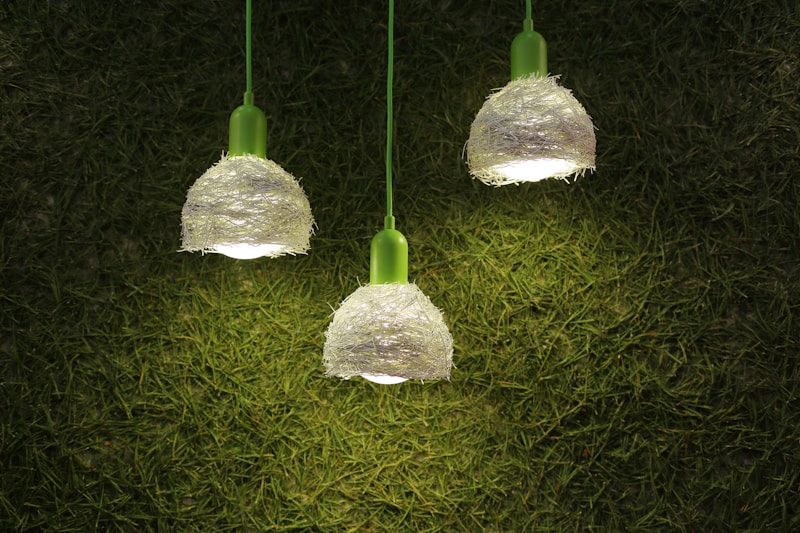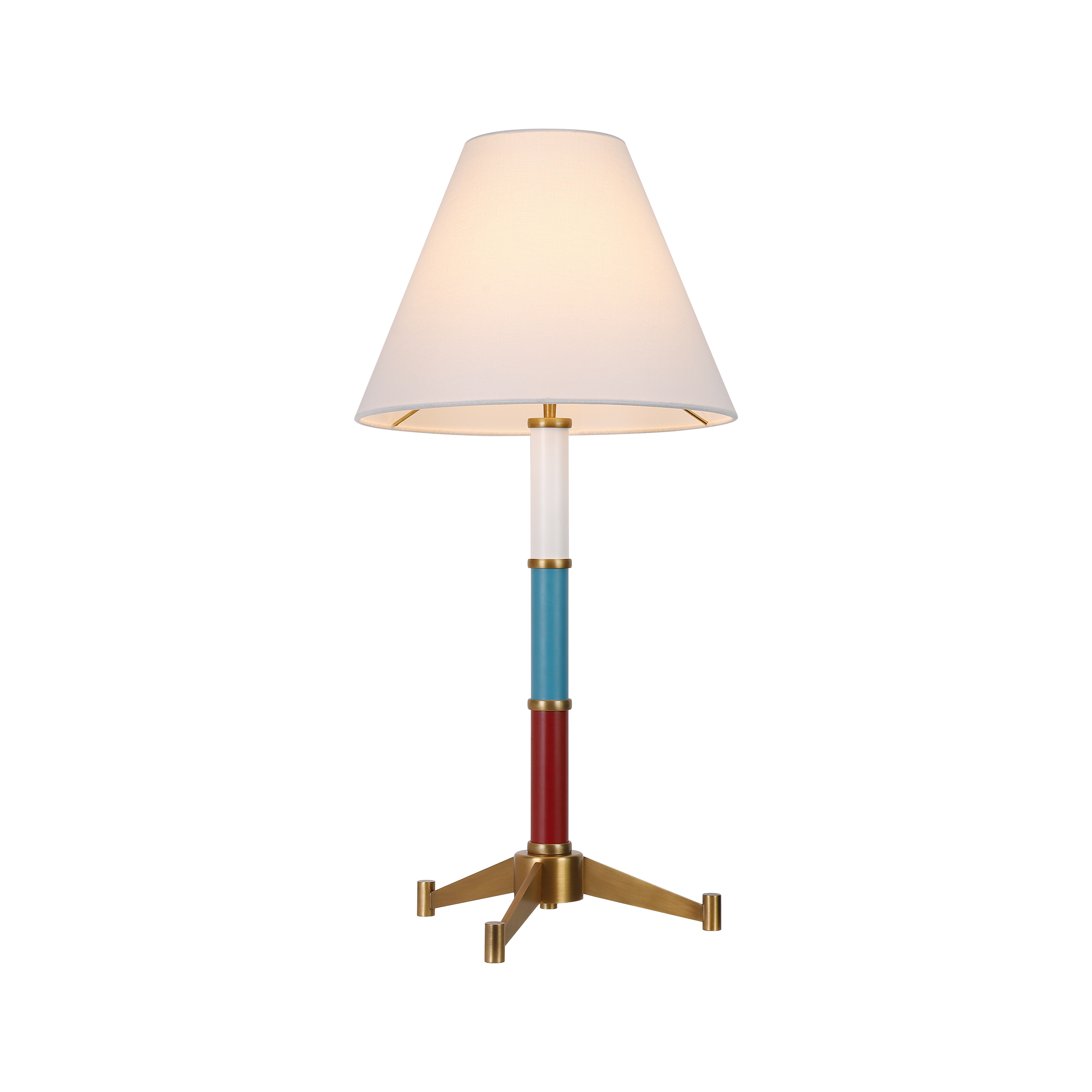Sustainable Materials in Lighting Design: Illuminating the Future
Sustainable Materials in Lighting Design: Illuminating the Future
In today’s ever-evolving architectural landscape, the integration of sustainable materials in lighting design has gained significant traction. As we grapple with the challenges of climate change and resource depletion, the lighting industry has a pivotal role in promoting sustainability. This article explores the importance of sustainable materials in lighting design, examines various eco-friendly options, and highlights best practices for designers.
Why Choose Sustainable Materials?
The shift towards sustainability is not just a trend; it is a necessity. The production of traditional lighting fixtures often involves harmful materials that can contribute to environmental degradation. By opting for sustainable materials, designers can:
- Reduce Carbon Footprint: Sustainable materials often have a lower carbon footprint, aiding in the fight against climate change.
- Promote Health and Well-being: Using non-toxic materials can improve indoor air quality, contributing to healthier living spaces.
- Enhance Aesthetic Appeal: Eco-friendly materials offer unique Aesthetics, allowing for innovative design solutions.
Types of Sustainable Materials for Lighting Design
There are several sustainable materials that are increasingly being used in lighting design. Below are some of the most popular options:
| Material | Benefits | Applications |
| Recycled Metals | Minimizes mining impacts; durable | Light fixtures, lamp stands |
| Bamboo | Fast-growing, renewable, biodegradable | Shades, decorative elements |
| Glass | Recyclable; versatile | Light covers, shades |
| Cork | Natural insulation; renewable | Light fixture bases |
| Bioplastics | From renewable sources; compostable | Light fixtures, diffusers |
Recycled Metals
Recycled metals like aluminum and steel are popular choices for lighting design. They eliminate the need for new mining, conserving natural resources and reducing energy consumption. These materials are not only durable but can also be seamlessly integrated into various designs, making them versatile options for Modern lighting.
Bamboo: Nature’s Wonder
Bamboo has emerged as a leading sustainable material due to its rapid growth cycle and abundant availability. This material is lightweight yet sturdy, making it suitable for pendants and other lighting fixtures. Beyond its practicality, bamboo brings a warm and inviting aesthetic to any space.
Glass: Elegant and Eco-friendly
Glass is recyclable and can be produced from various sustainable sources. It is perfect for creating beautiful light fixtures that enhance the charm of indoor spaces. Designers can experiment with different shapes and colors to create unique lighting solutions that are both stylish and environmentally friendly.
Cork: The Sustainable Insulator
Cork is another remarkable eco-friendly material. It is harvested from cork oak trees without harming the tree itself, making it a renewable resource. Cork can be used in many applications, including as a base for light fixtures and sound dampening, adding both style and functionality.
Bioplastics: The Future of Design
With advancements in material science, bioplastics have gained popularity for lighting design. Made from renewable resources, they offer the advantage of being compostable at the end of their lifecycle. Bioplastics can be molded into intricate designs, fostering creativity in Modern lighting applications.

Innovative Applications of Sustainable Lighting Design
As the demand for sustainable materials in lighting design grows, so do the innovative applications of these materials. Here are some exciting ways designers are utilizing sustainable materials:
LED Technology Integration
Combining sustainable materials with LED technology has transformed lighting efficiency. LED Lights consume significantly less energy than traditional incandescent bulbs and lead to lower carbon emissions. Designers are incorporating sustainable materials into LED fixtures to enhance both performance and eco-friendliness.
Biophilic Design Principles
Biophilic design seeks to create a visual connection with nature. By using sustainable materials, designers can evoke natural elements through lighting fixtures. For example, incorporating bamboo or cork into designs aligns with biophilic principles and creates soothing environments that improve well-being.
Collaborative Projects and Community Spaces
Many urban planners and designers are collaborating on projects to create community spaces that highlight sustainability. Using recycled materials, eco-friendly lighting can enhance communal areas, making them inviting and functional. Such efforts not only promote community interaction but also raise public awareness about sustainability.
Best Practices for Implementing Sustainable Lighting Design
To successfully implement sustainable materials in lighting design, consider the following best practices:
- Research Material Sources: Ensure materials are sourced ethically and sustainably, contributing to environmental preservation.
- Lifecycle Assessment: Analyze the lifecycle of materials from production to disposal to assess their overall environmental impact.
- Engage with Stakeholders: Collaborate with manufacturers, architects, and community members to promote awareness and acceptance of sustainable materials.
- Educate Clients: Share knowledge about the benefits of sustainable materials with clients, showcasing their efficiency and beauty.
Conclusion: A Bright Sustainable Future
As we navigate the complexities of environmental sustainability, integrating sustainable materials in lighting design paves the way for a brighter future. Designers can contribute to global efforts to combat climate change while fostering innovation and creativity in their work. Utilizing materials such as recycled metals, bamboo, glass, cork, and bioplastics will not only enhance Aesthetics but also promote a healthier planet. As you consider your next lighting project, remember to align your choices with sustainable principles, leading the way towards a more eco-conscious design landscape. Together, we can illuminate a sustainable future!
Note: Always keep exploring new sustainable materials and technologies as the field continues to evolve. Sustainability is a journey, and every small step counts!
